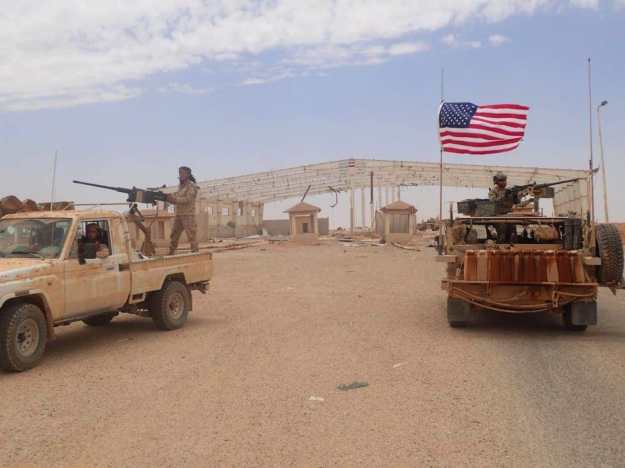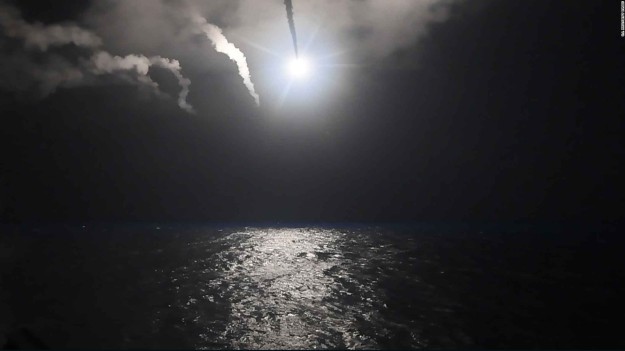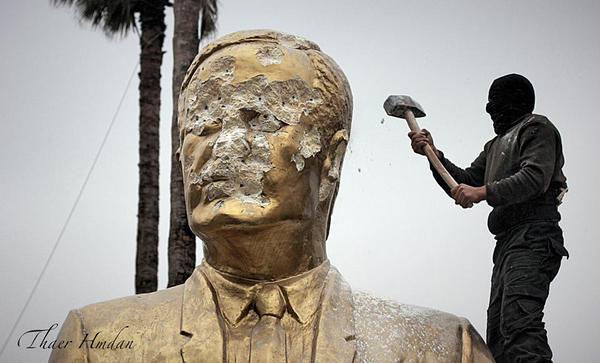By Kyle Orton (@KyleWOrton) on 25 August 2019
A version of this article was published at The Arab Weekly

Devastation in Khan Shaykhun, Idlib, Syria, 3 August 2019 (AFP)
Bashar al-Assad’s regime, supported by Russia and (in a more deniable form) Iran, began an offensive against the last insurgent-held enclave in Syria, Idlib, in the last days of April. Up until a month ago, this looked like an embarrassing fiasco: with a minimal increase in Turkish support to its rebel proxies, the pro-Assad forces had been able to gain about one-percent of the territory in the southern part of “Greater Idlib”. In the last fortnight, however, the pro-Assad coalition has made important breakthroughs that could prove decisive. Continue reading








